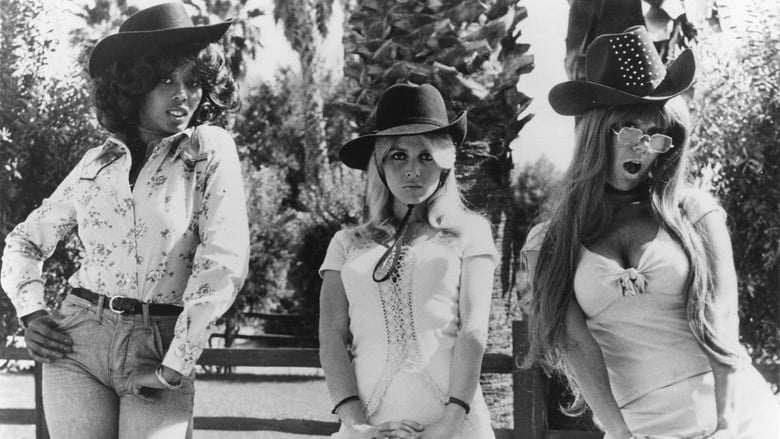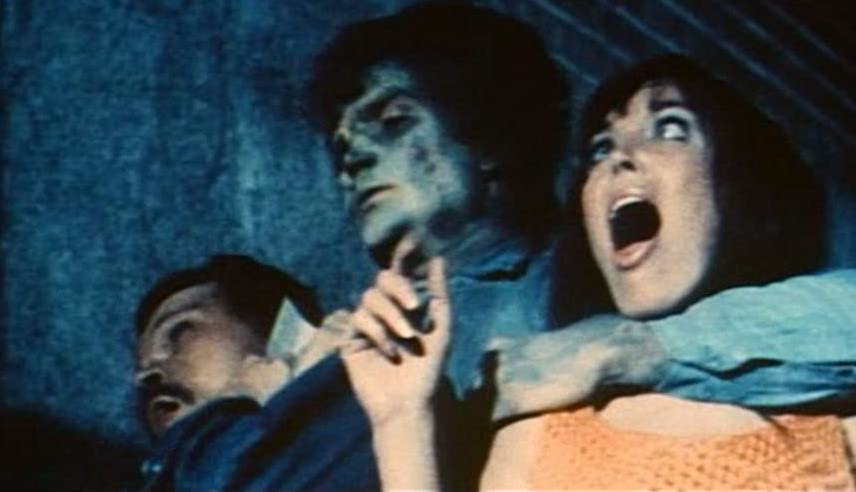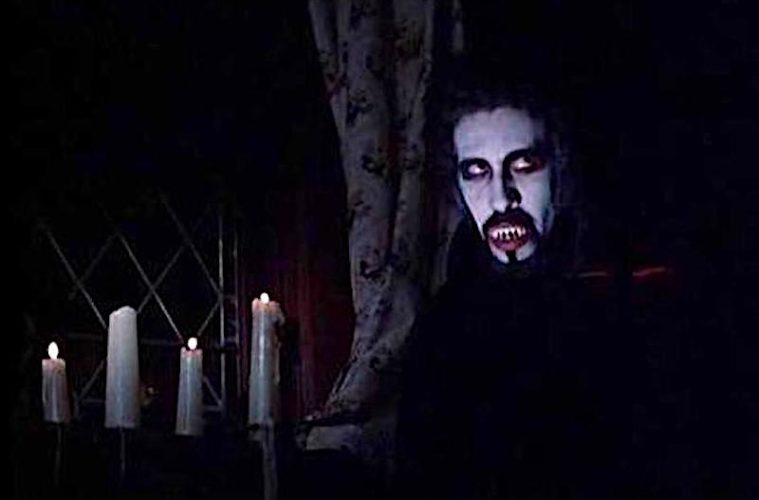The history of cinema is loaded with filmmakers whose creativity leaned towards the lurid. Al Adamson stands out from the pack, and the final chapter of his life topped the sensationalism of his films. Adamson’s directing career saw him tackle every corner of exploitation cinema, from the 1969 bikersploitation classic Satan’s Sadists and the 1971 horror cross-over event Dracula vs. Frankenstein to the 1975 sex comedy Blazing Stewardesses and the 1981 fantasy Carnival Magic.
His end came in a manner that seemed to be ripped from the pages of a sordid script. Adamson had been reported missing in 1995, and after several weeks, his body was found buried in concrete underneath his home in Indio. Fred Fulford – a live-in contractor hired by Adamson – was convicted of the murder, and will likely spend the rest of his life in prison for it.
David Gregory – co-founder of Los Angeles-based Blu-ray distributor Severin Films – examined the life and death of Adamson with his 2019 documentary, Blood & Flesh: The Reel Life and Ghastly Death of Al Adamson, but Gregory’s latest project shines the spotlight solely on the eclectic output of Adamson’s career. The June 2nd release of Al Adamson: The Masterpiece Collection is an ambitious undertaking, collecting newly remastered versions of all but one of Adamson’s directorial efforts.
For Gregory, putting together this collection – consisting of thirty-one films spread across fourteen discs, plus Gregory’s own documentary – is the culmination of fandom that dates back to his childhood. Growing up in England during the age of the “video nasty,” a trip to the video store with a friend resulted in exposure to a strange new world of film-making, thanks to Dracula vs. Frankenstein.

BLAZING STEWARDESSES (Severin Films)
“At that age, you still know there’s something not quite right about it,” Gregory says during our phone conversation. “It doesn’t look like the Disney movie your parents might take you to see, or whatever it was we were seeing at the theater. But it had monsters, go-go dancing, gore, and an incoherent plot…we absolutely loved it.”
Adamson’s death is typically the first aspect of his life that gets examined when people dip their toes into exploitation cinema and come across his name. Though Adamson’s career doesn’t always get the devotion of other cult icons like Herschell Gordon Lewis and John Waters, Gregory says that this is more about his willingness to hop across genres, than lack of talent.
“I was always a horror and film history aficionado but he wasn’t really someone that was written about in Fangoria,” Gregory explains. “It was because he was too much of a jack-of-all-trades director to excel in any of specific genre. But that’s how he became interesting to me, because he literally worked on almost every genre of exploitation.”
Severin Films has unearthed many gems from a bygone era since Gregory and Carl Daft formed the company in 2006, but Gregory asserts that the new collection is absolutely the most challenging project of his career.

PYSCHO A GO GO (Severin Films)
“We wanted the clips for the documentary to look better than they did on the last VHS or DVD versions that were out there and get the original elements for these movies,” Gregory says. “It ended up becoming this archaeological journey to find these elements. We were getting reels of films from different warehouses around the country. It made sense to scan the whole thing instead of just short clips for the documentary. Then it became ‘I’ll do two more films and we’ll make a box set’, and then it became ‘we’re this far in, we may as well do the whole lot.’”
The Masterpiece Collection set covers aforementioned films, with other highlights including Adamson’s 1960 directorial debut, Half Way To Hell – seeing its first-ever home-video release in any format – and all three versions of the film that was originally released in 1965 as Psycho A-Go-Go, re-edited in 1969 as The Fiend With The Electronic Brain and once more in 1971 as Blood of Ghastly Horror.
Gregory’s project is ambitious even compared to other collections from imprints that are known for spotlighting lost genre films. Al Adamson: The Masterpiece Collection serves as another example of the time and effort that labels such as Severin Films, alongside imprints such as Arrow Video and Vinegar Syndrome, put into their releases compared to modern physical releases of studio blockbusters, and it’s a must have for collectors of dark, demented and nostalgic filmaking.
Advertising disclosure: We may receive compensation for some of the links in our stories. Thank you for supporting LA Weekly and our advertisers.

